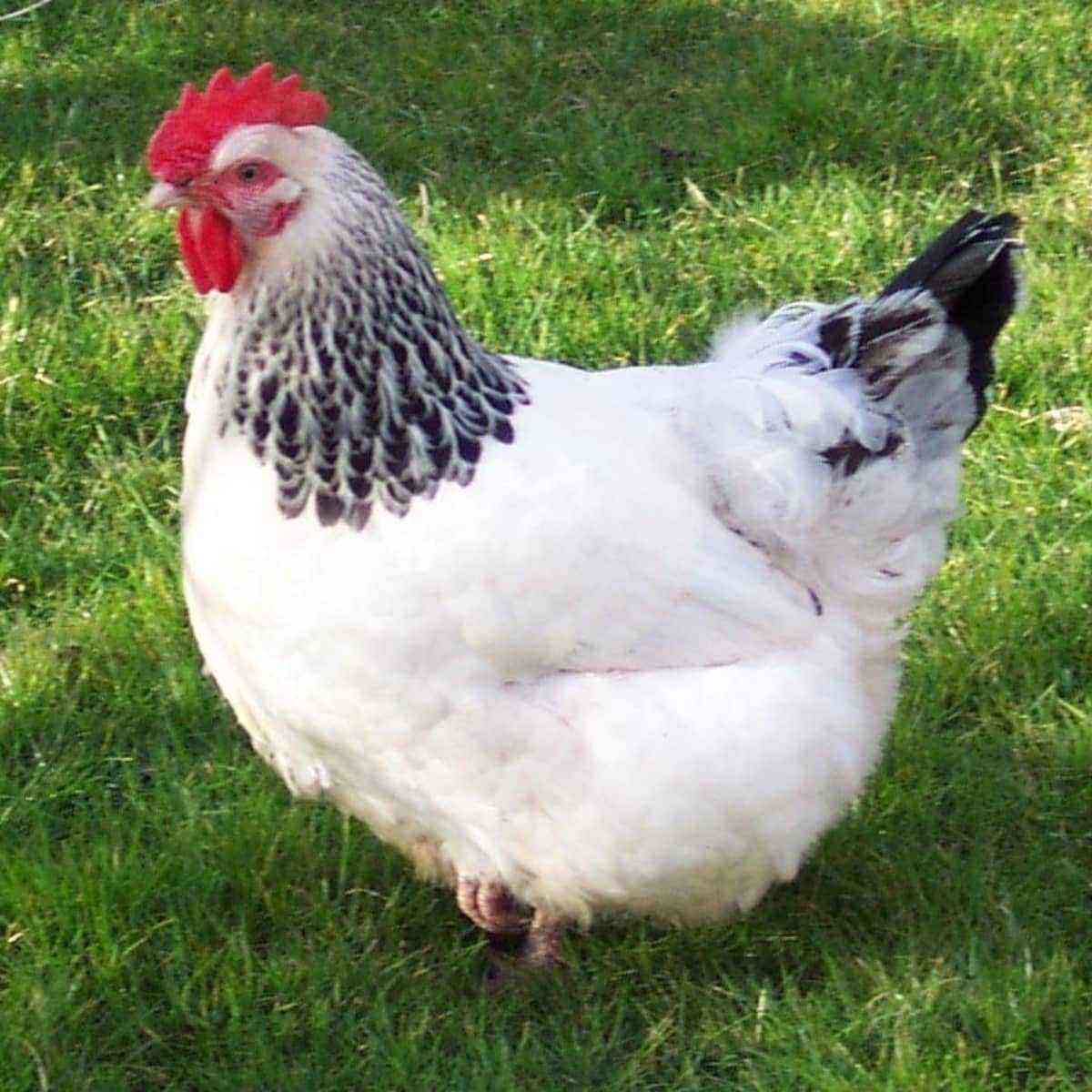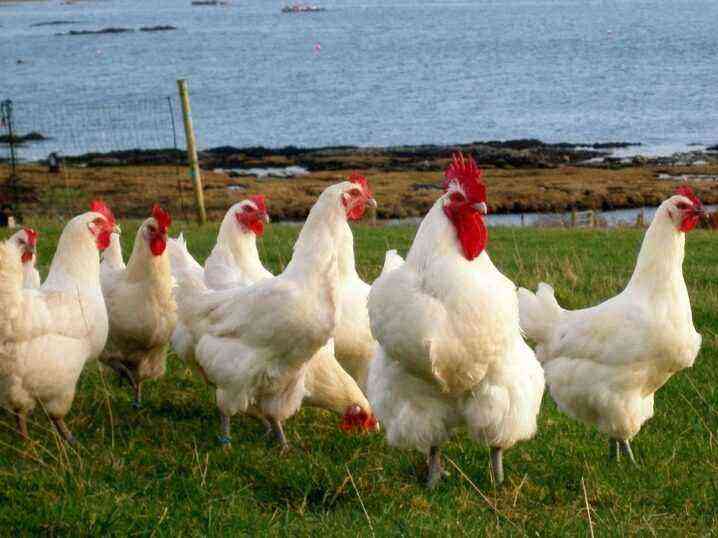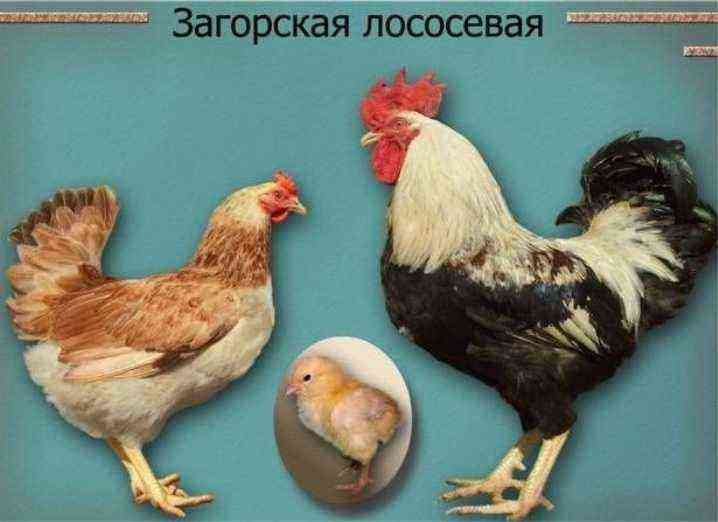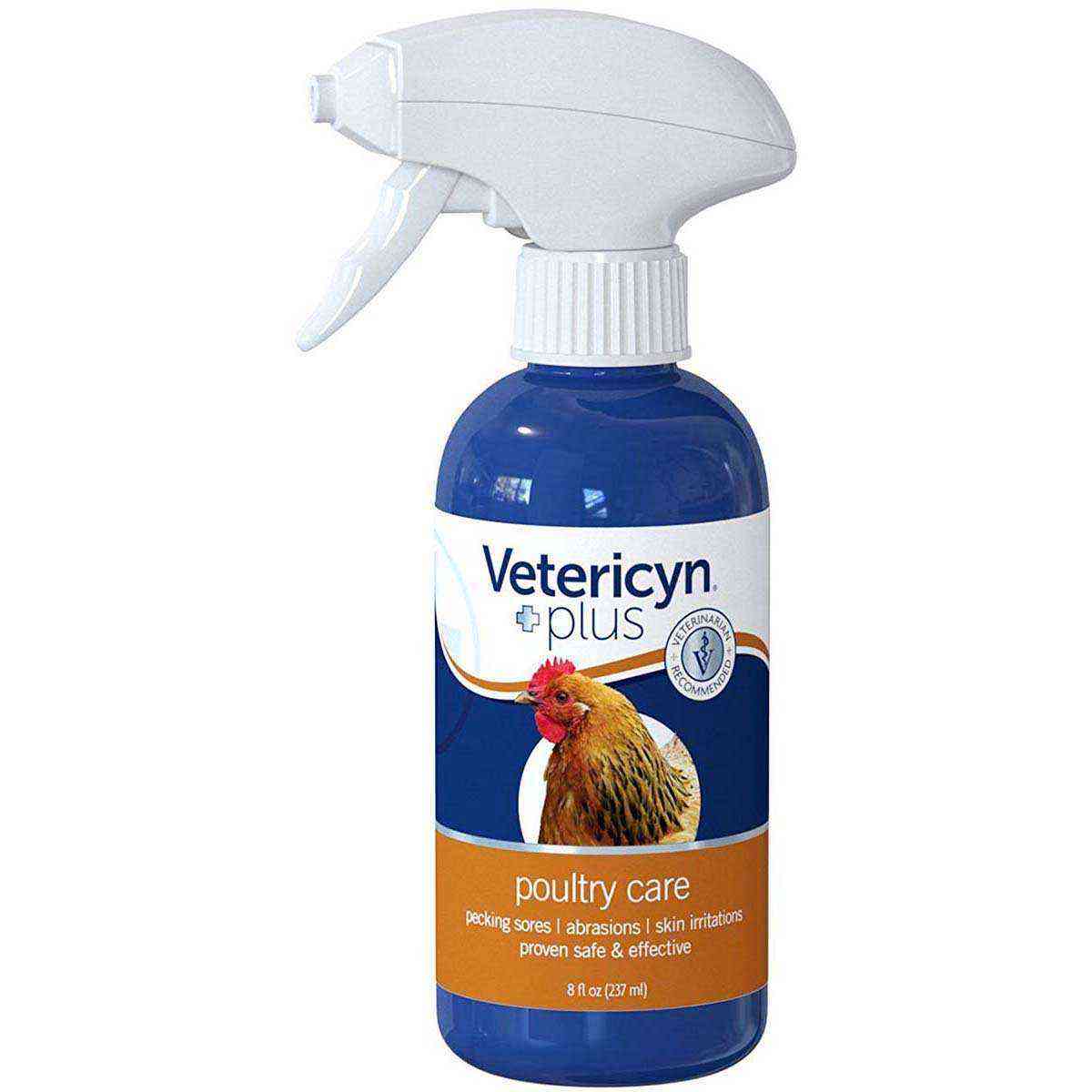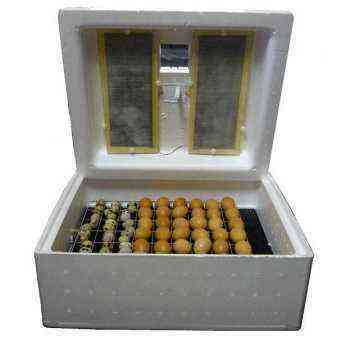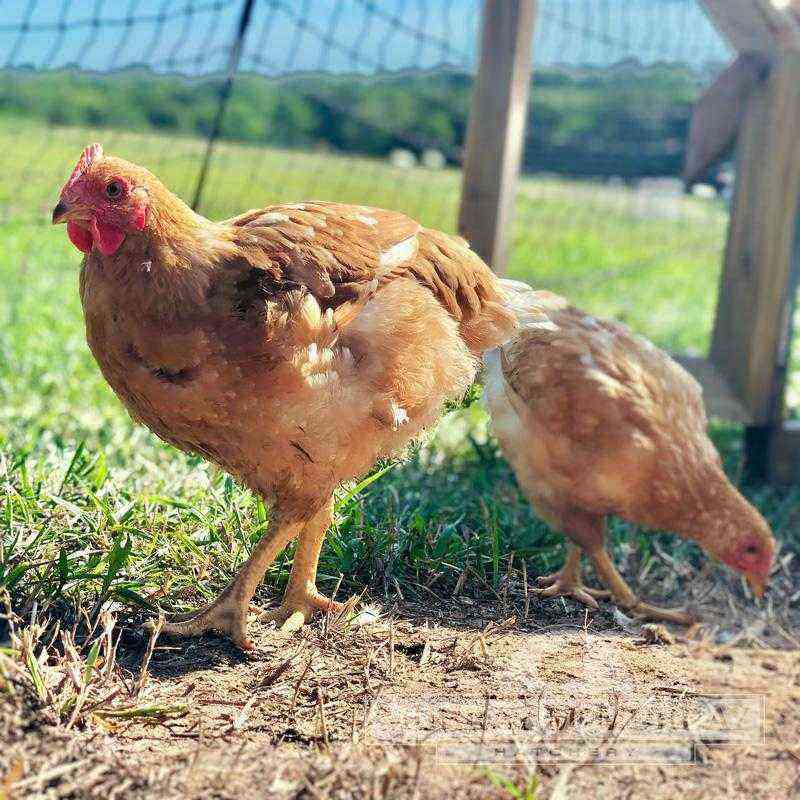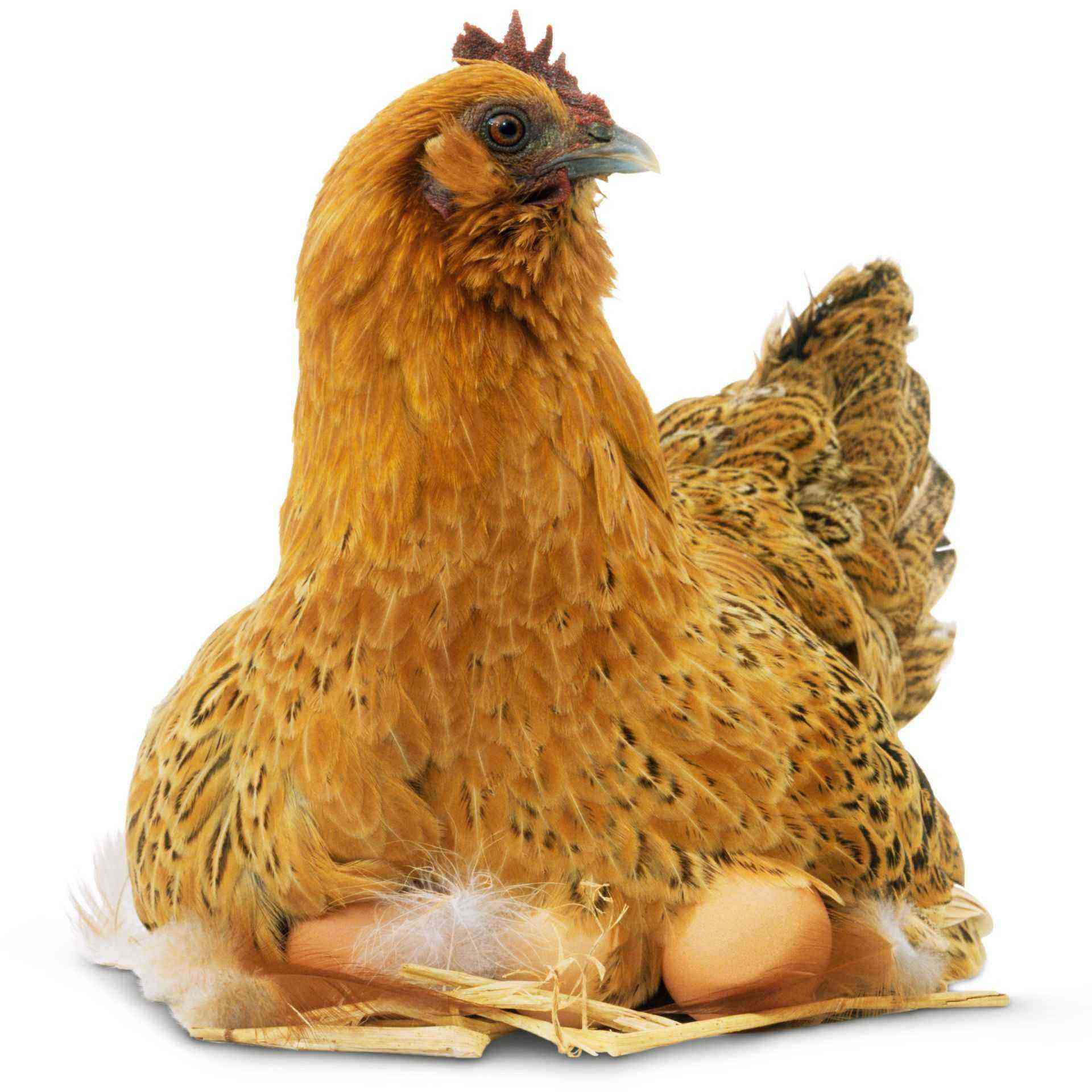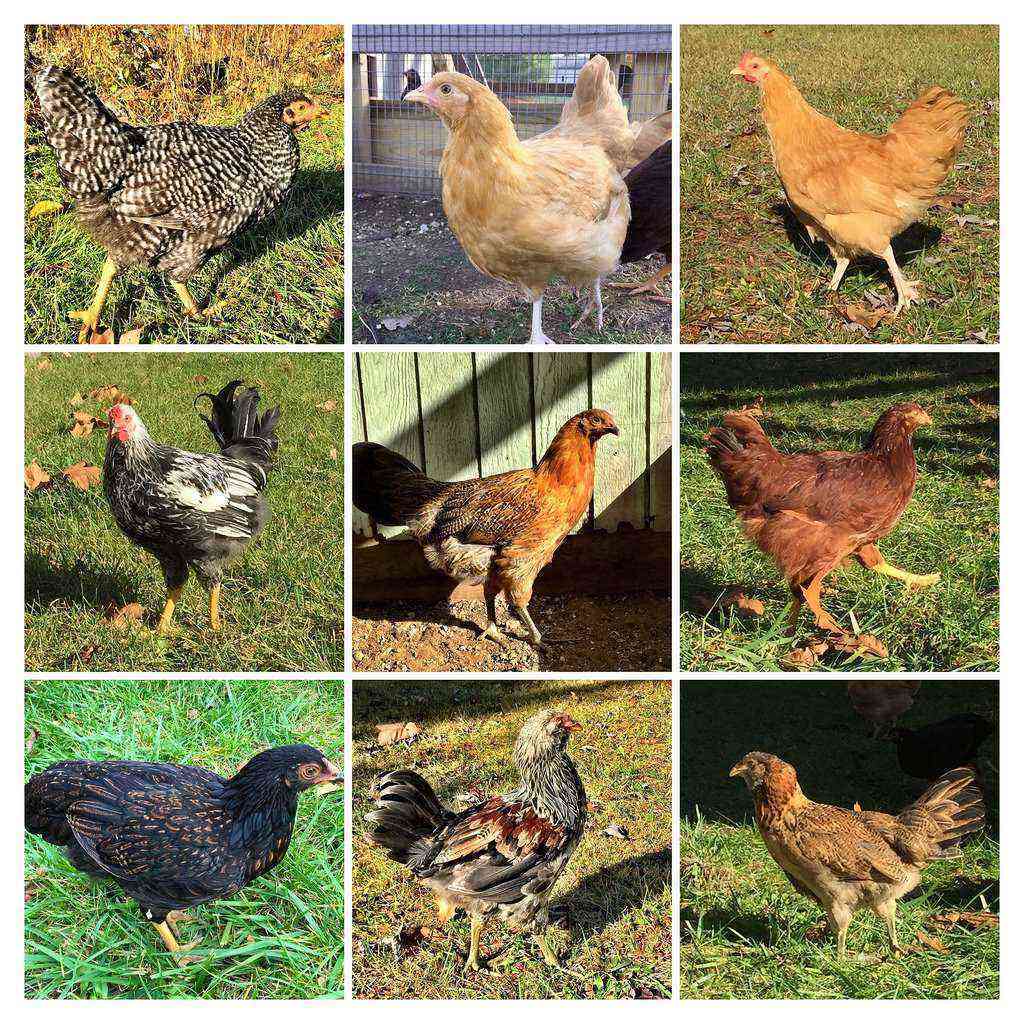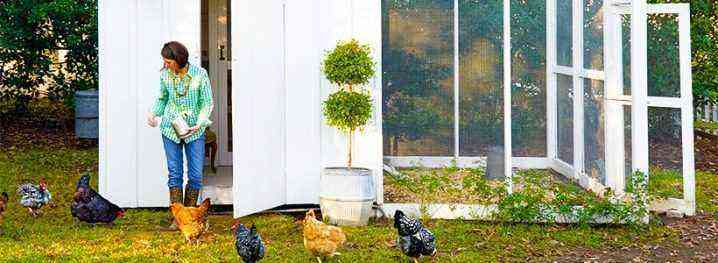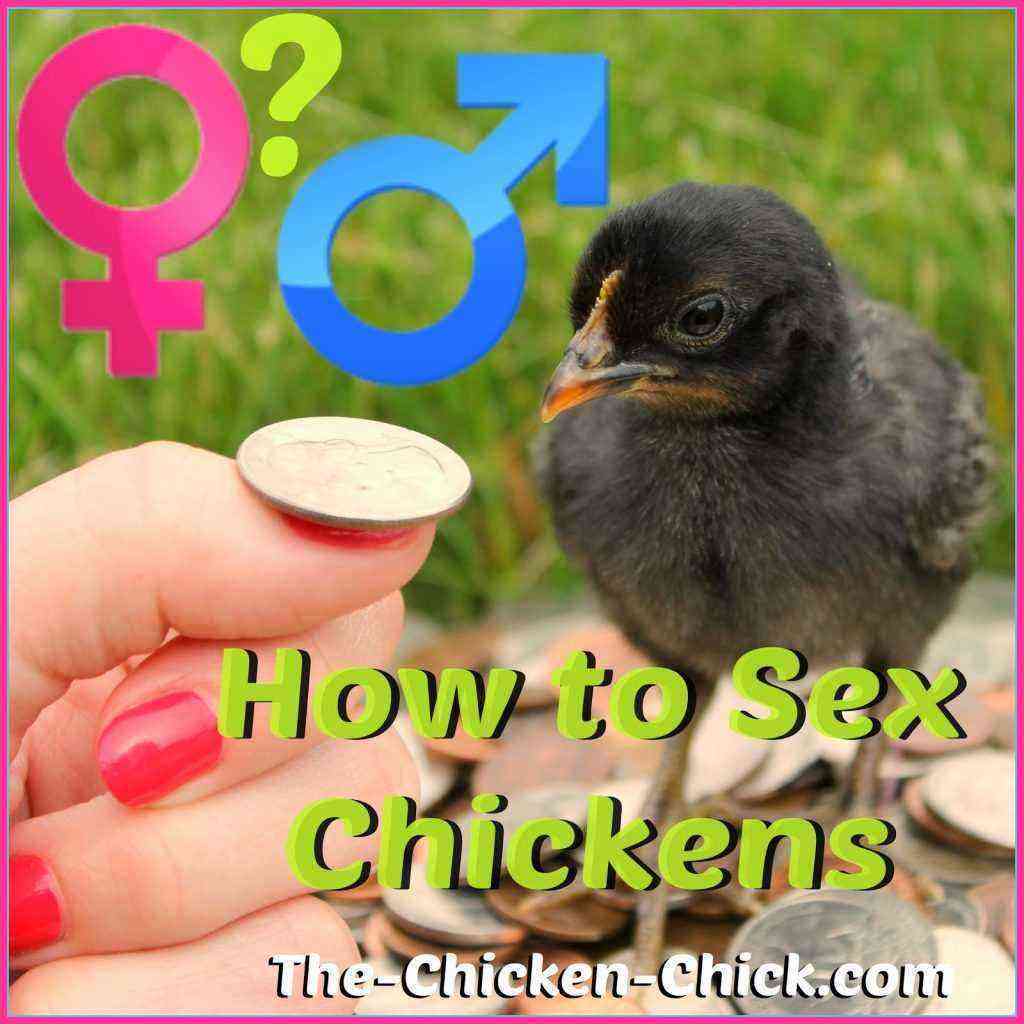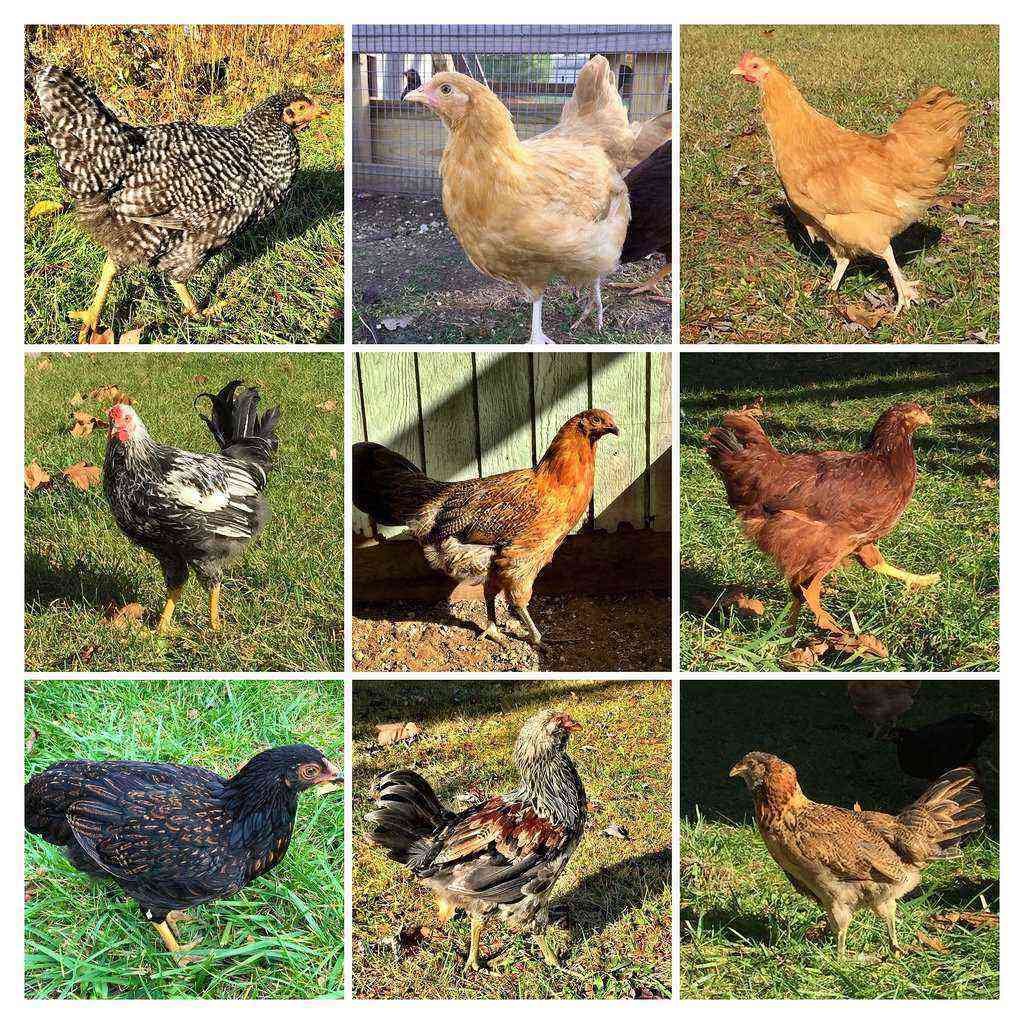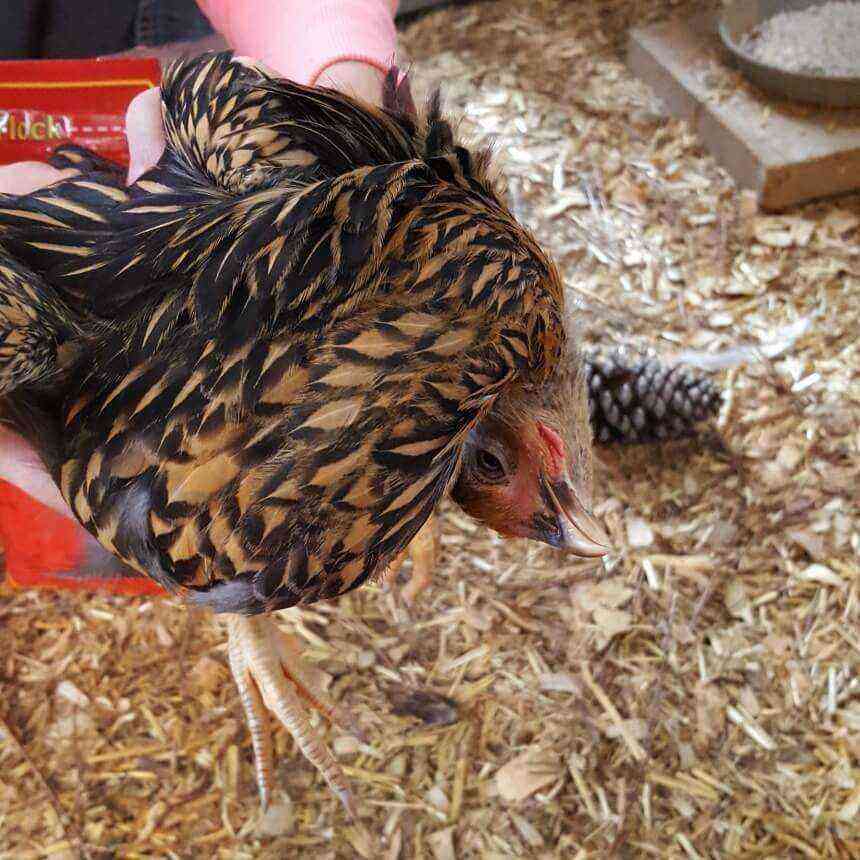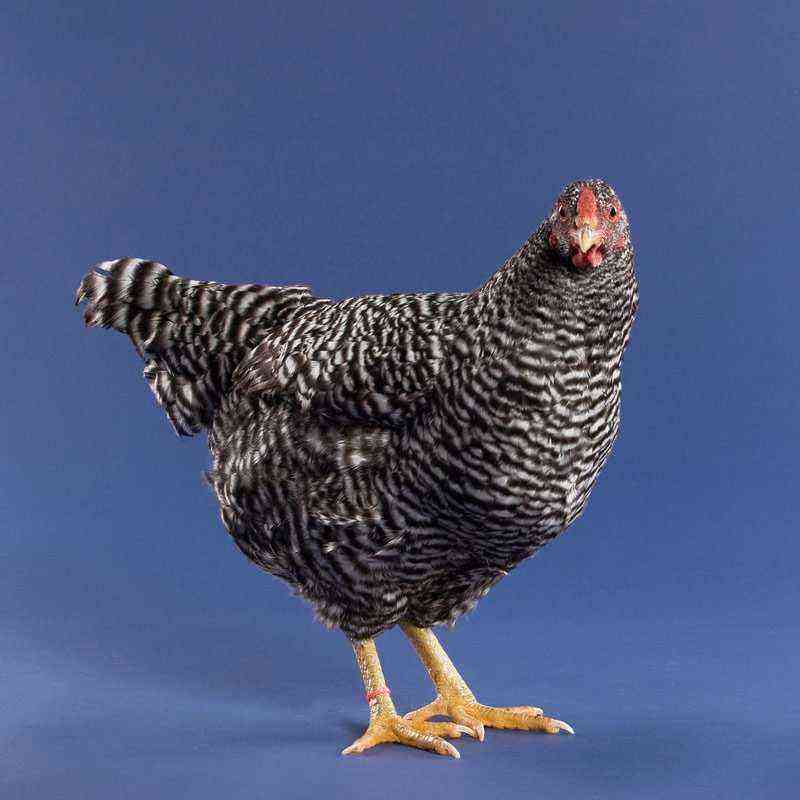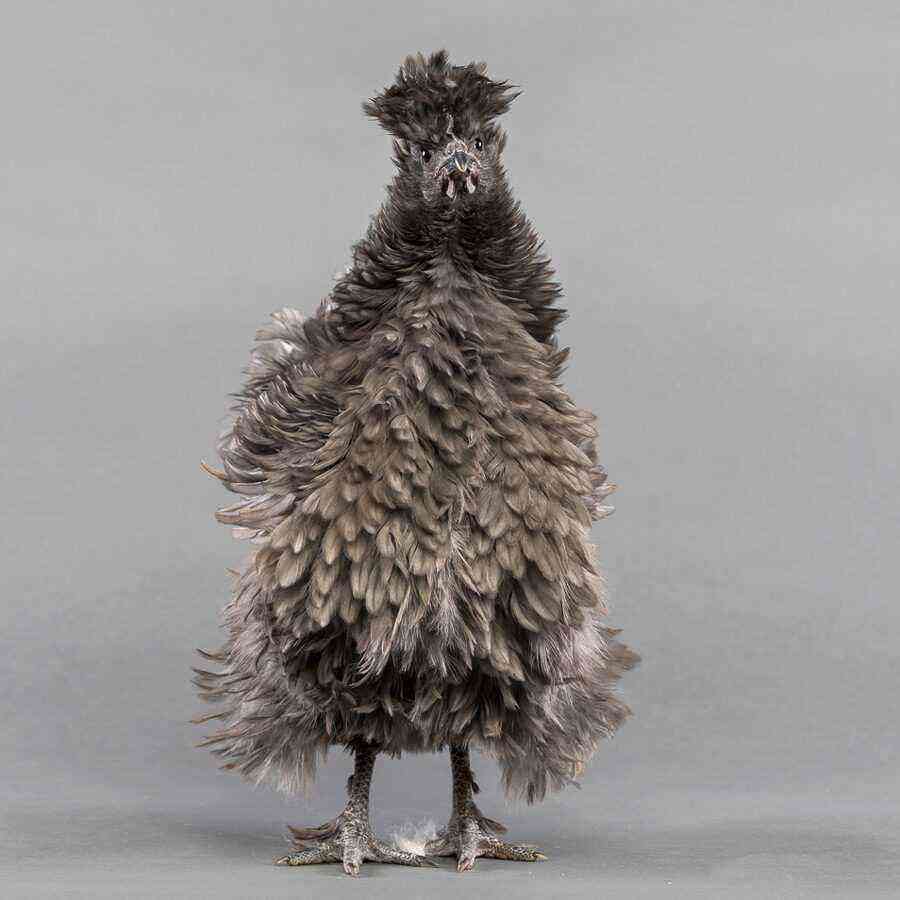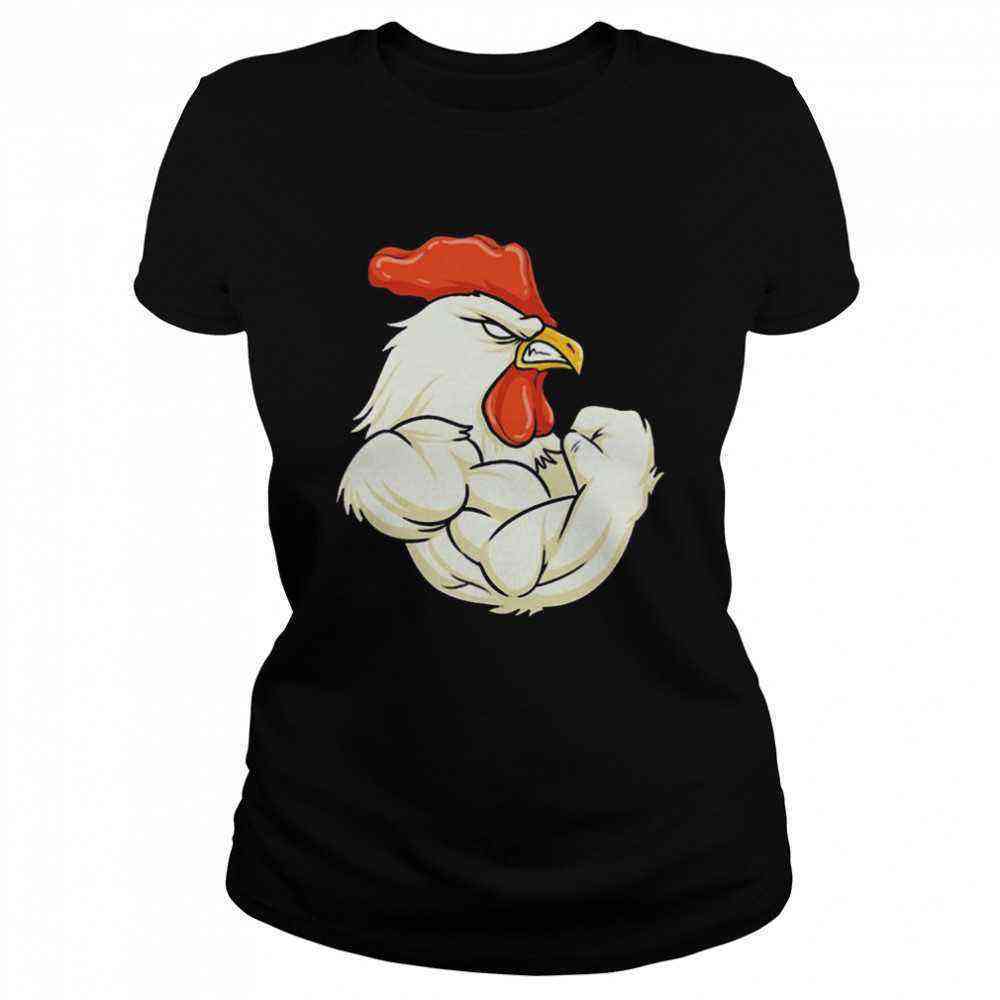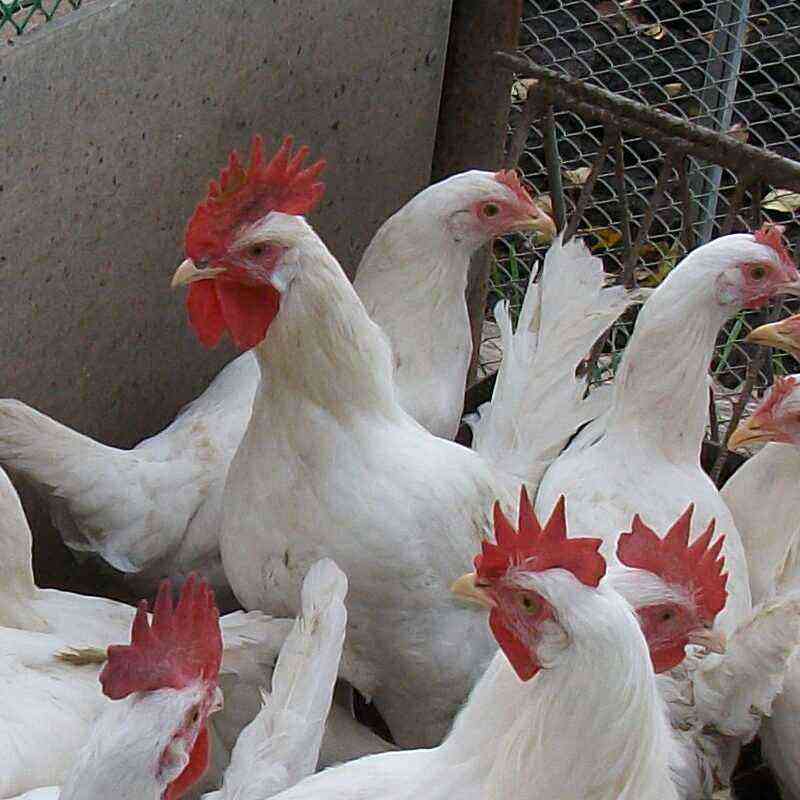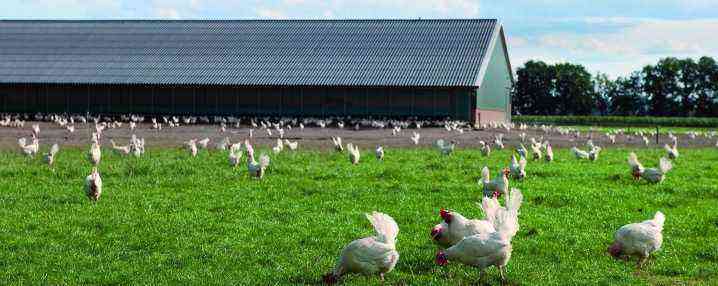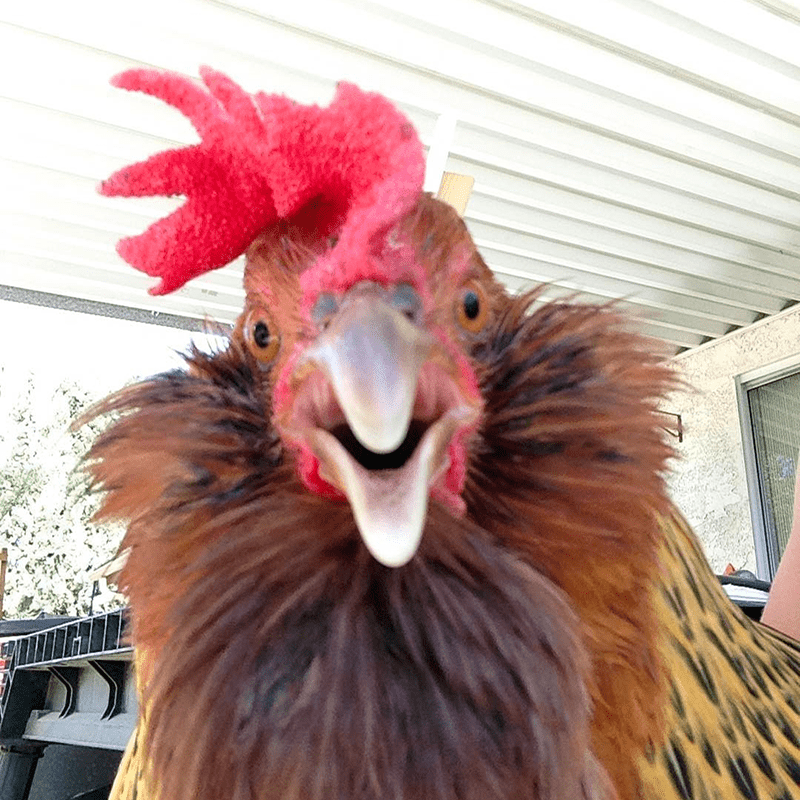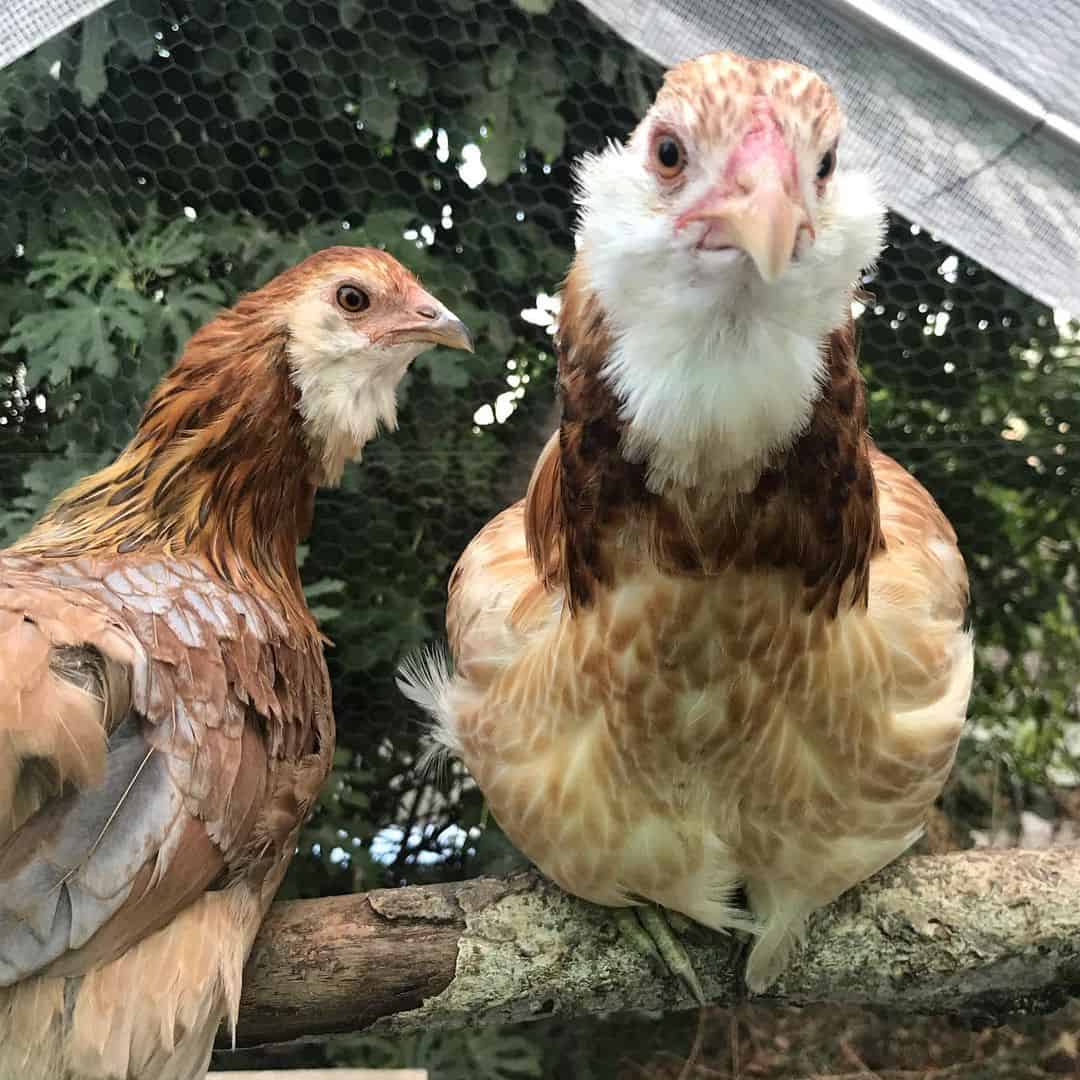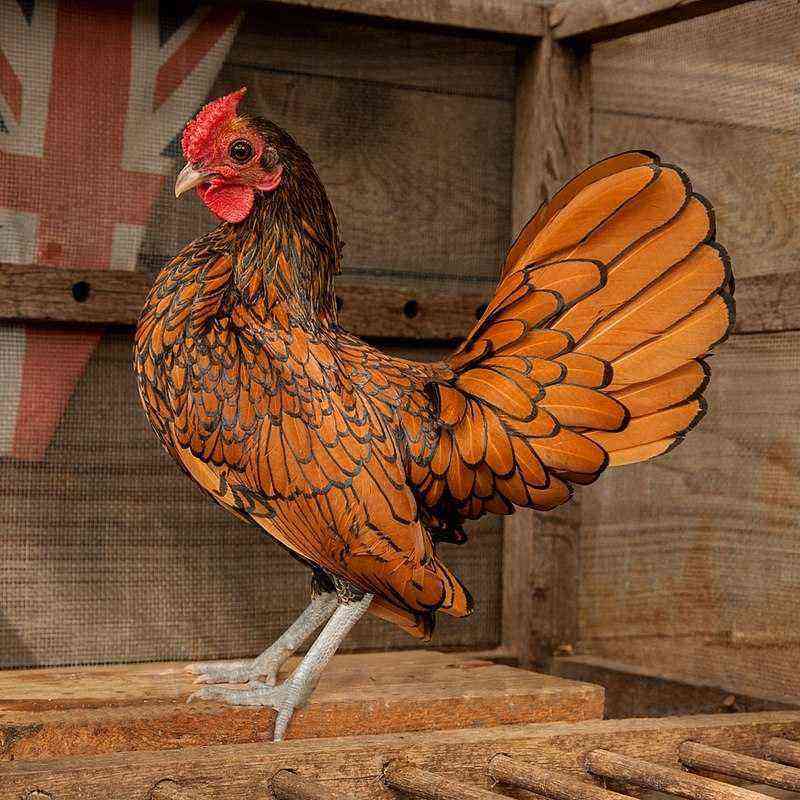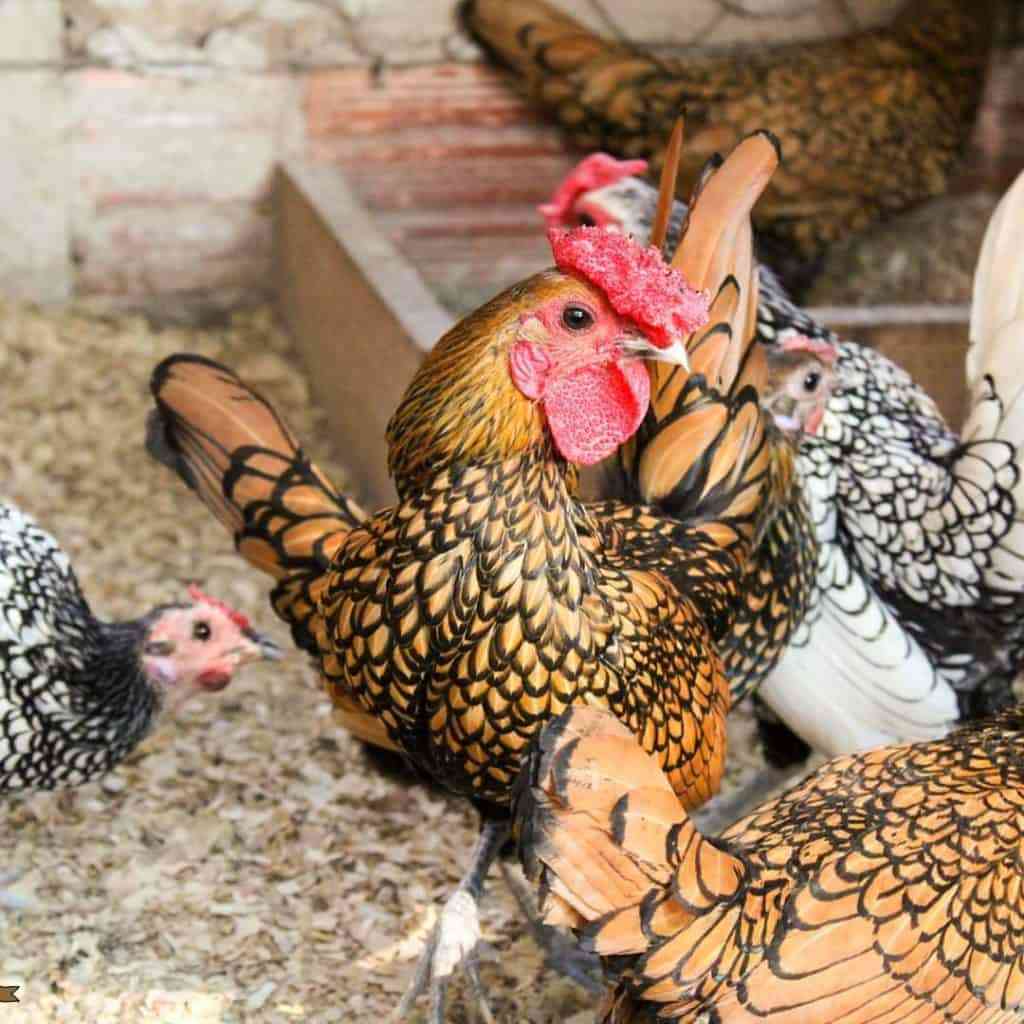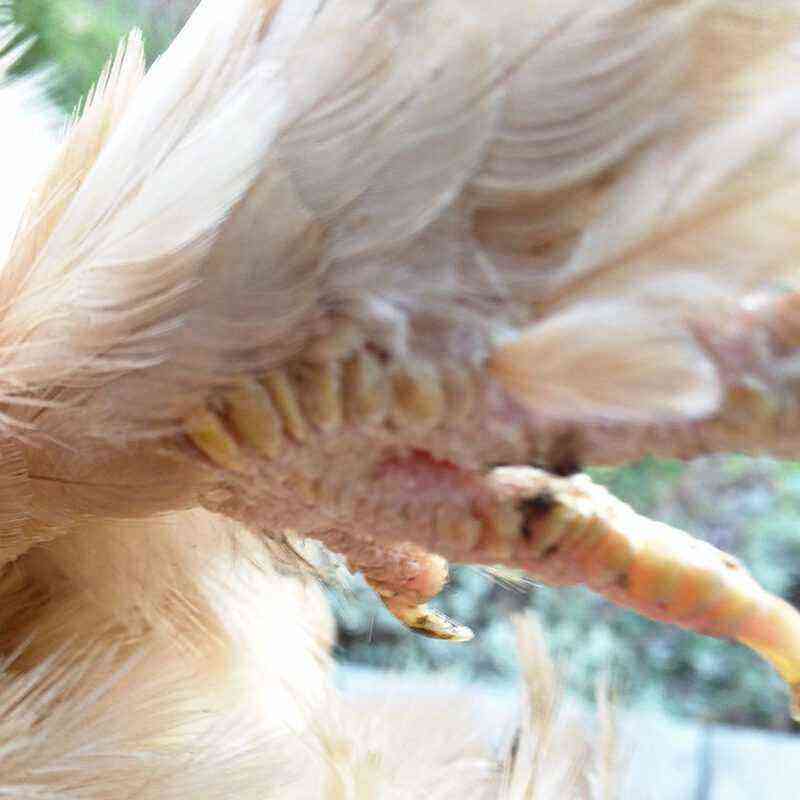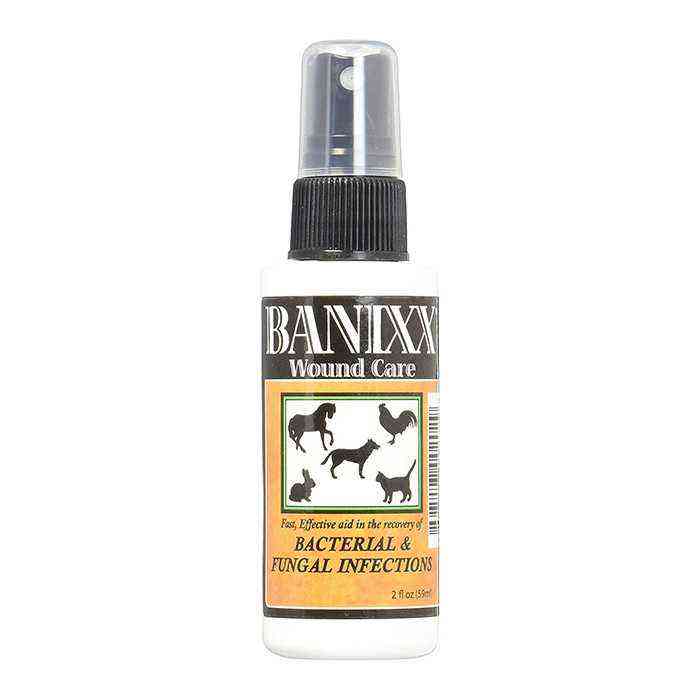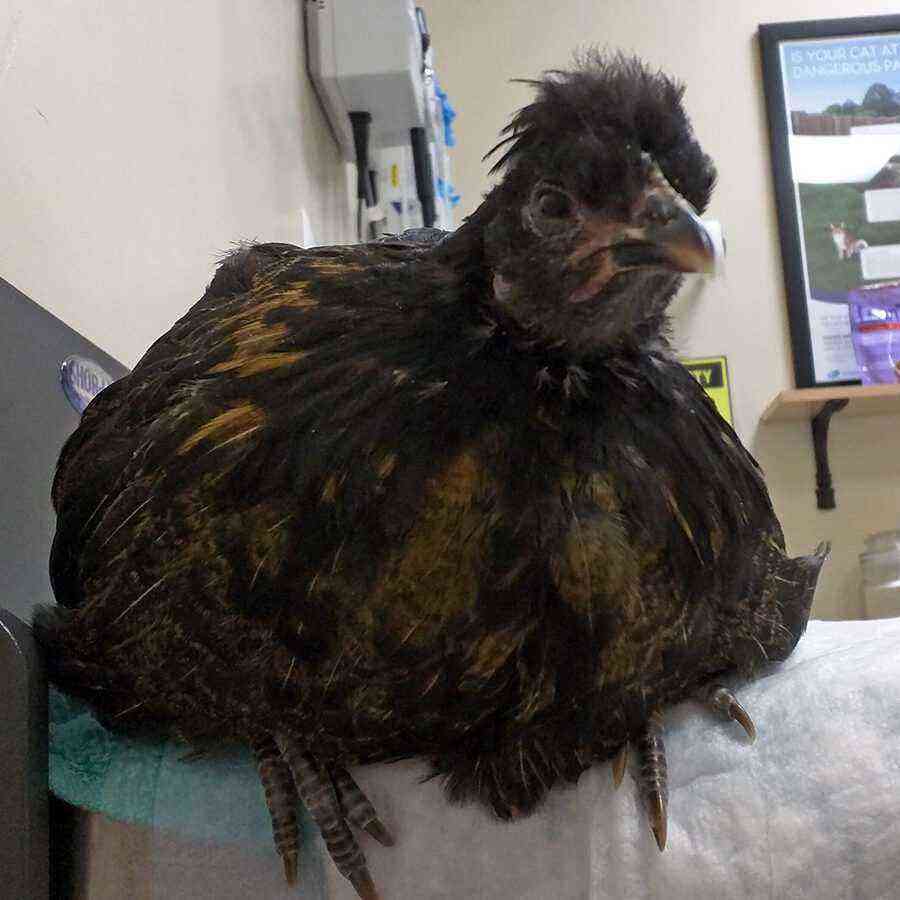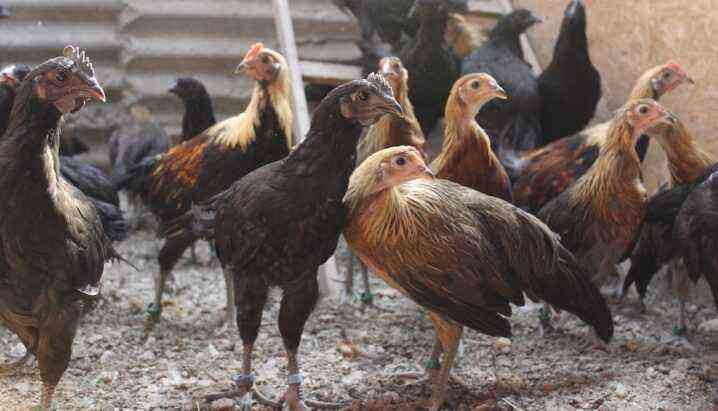Beautiful, lush plumage speaks of the health of chickens. However, sometimes poultry farmers can observe problems with feather growth in their feathered pets. And this is a common occurrence. Violation in feather formation occurs both in young animals and in adults. Chickens with a rare, loose, feather look very bad, constantly freeze, look oppressed, lethargic.
There are two types of disease associated with feather formation: apteriosis and alopecia. The first is a disease in chickens, characterized by a lack of plumage during jewelry molting, when young growth changes down to a feather. Alopecia is the loss of feathers seen in adult birds.
Such individuals become very vulnerable to external factors: temperature extremes, ultraviolet radiation. The body of the bird is weakened. As a rule, in such cases, feathered pets will die. Although you can save chickens, especially if you take this problem seriously.
The main cause of pteriosis is malnutrition due to the use of low-quality, cheap feed, which contains less vitamins and minerals necessary for the health of the bird and the normal functioning of its body. The lack of vitamins leads to the appearance of beriberi, which affects the change in the feather cover.
Apteriosis or alopecia can be caused by past infections or colds. Due to illness, chickens can have a metabolic disorder, which also has a negative effect on the condition of their feather cover. Another reason for slow growth or loss of feathers is excessive dryness or, conversely, humidity in the chicken coop. And in young animals, problems can arise due to the length of daylight hours, too short or too long.
The main symptoms of chicken disease with apteriosis or alopecia are the loss of feathers in the tail, on the neck and back, then the tail feathers fall out. Often there is a lesion of areas of the body around the cloaca. Then, even small integumentary feathers can fall out in feathered pets, which provide heat exchange for the bird, which can be very dangerous in the cold season, since chickens are not able to protect themselves from wind and frost. And in the summer, they can experience sunburn from direct ultraviolet radiation.
Sick individuals during the course of the disease become objects of pecking from their neighbors in the poultry house.
The poultry farmer needs to pay special attention to laying hens during the molting period. The main thing at this time is a complete, proper, balanced diet. Otherwise, the old feathers will fall out, and the new ones will either not grow at all, or will grow very slowly.
The treatment of chickens for atherosclerosis or alopecia is carried out by including fortified feed in their diet, which helps restore plumage. Also, veterinarians often prescribe vitamin B12 for intramuscular injection to feathered pets. You can use feather flour, which is “produced” on large poultry farms.
